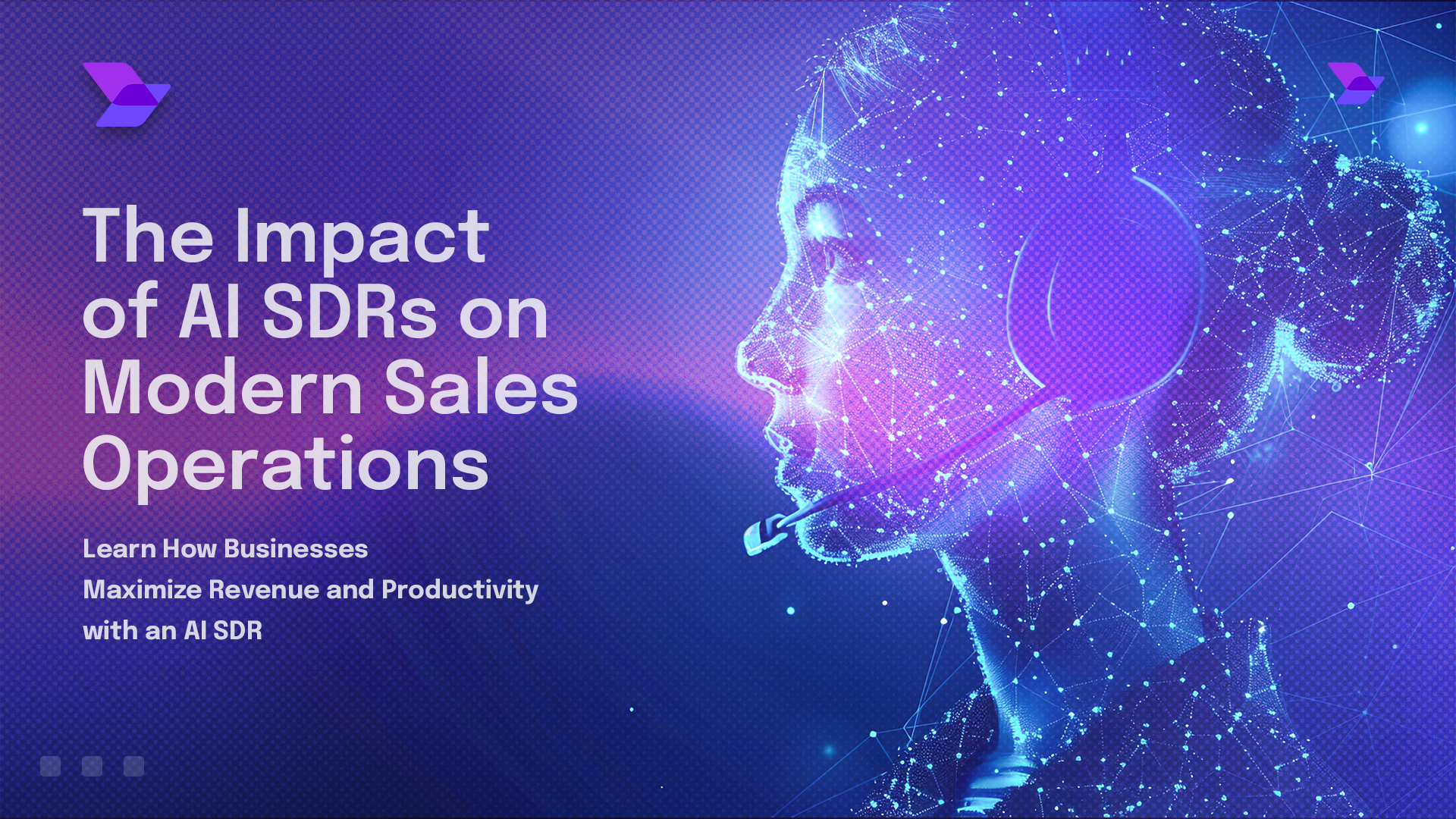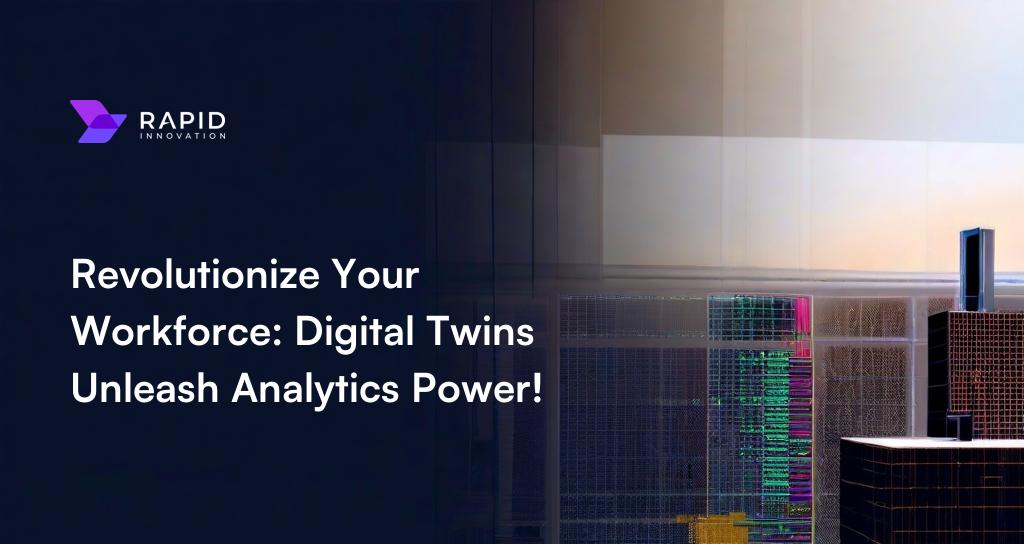Our Expert Insights
Deep dive into current technologies, industry updates, best strategies, trending and latest in the web3 space, all from an expert viewpoint.


Scalable AI Agent Architecture: Key Design Strategies
Design scalable AI agent architecture by modularizing components, ensuring interoperability, utilizing cloud resources, implementing robust data management, and prioritizing security and performance.

Step-by-step Guide to fine-tuning LLMs for specific tasks
This guide provides a comprehensive approach to fine-tuning large language models (LLMs) for specific tasks, enhancing performance through tailored training techniques.

Computer Vision in Sports Training
Computer vision enhances sports training by analyzing athletes' movements, improving performance, and providing real-time feedback for technique optimization and injury prevention.

OpenCV Image Processing
OpenCV is a powerful library for image processing, enabling tasks like filtering, edge detection, and object recognition, enhancing computer vision applications efficiently.

OpenCV Computer Vision Projects
Explore innovative OpenCV computer vision projects that enhance image processing, object detection, and real-time video analysis, showcasing practical applications and techniques.

Introduction to OpenCV
OpenCV is an open-source computer vision library that provides tools for image processing, machine learning, and real-time computer vision applications. It's widely used in various fields.

What Are Centralized Cryptocurrency Exchanges?
Centralized cryptocurrency exchanges are platforms that facilitate the buying, selling, and trading of cryptocurrencies, acting as intermediaries between users and the market.

Ethics and Privacy in AI App Development
Ethics and privacy in AI app development focus on responsible data usage, user consent, transparency, and safeguarding personal information to build trust and accountability.

Building a Career in Computer Vision Engineer
A career in computer vision engineering involves mastering algorithms, programming, and machine learning to develop systems that interpret visual data effectively.

Natural Language Processing for AI Apps
Natural Language Processing (NLP) enables AI applications to understand, interpret, and generate human language, enhancing user interaction and automating tasks effectively.

Machine Learning in App Development
Machine learning enhances app development by enabling personalized user experiences, predictive analytics, and automation, ultimately improving functionality and user engagement.

Leveraging Generative AI: Ethical Frameworks for Sustainable Innovation
Explore ethical frameworks guiding the use of generative AI in 2024, promoting sustainable innovation while addressing societal impacts and ensuring responsible development.

Revolutionizing Real Estate: How AI Enhances Efficiency and Decision-Making
AI is transforming real estate by streamlining processes, improving data analysis, and enhancing decision-making, leading to increased efficiency and better investment outcomes.

What is a Generative AI Agent?
A Generative AI Agent is an advanced AI system that creates content, such as text, images, or music, by learning patterns from existing data.

Computer Vision in Industries 2024
Computer vision technology is revolutionizing industries in 2024, enhancing automation, quality control, and data analysis, leading to increased efficiency and innovation.

































